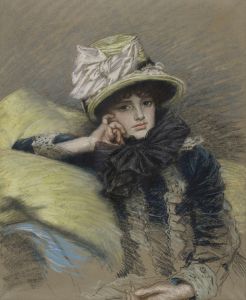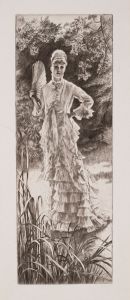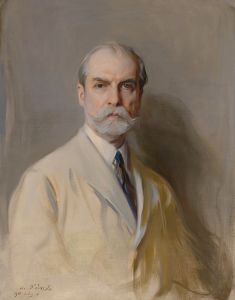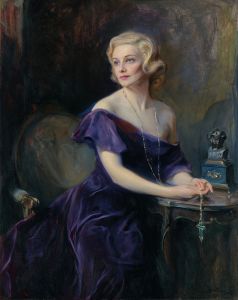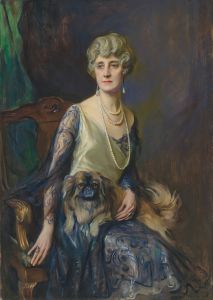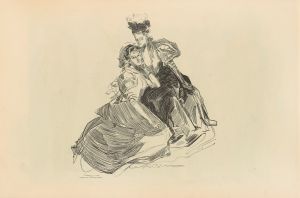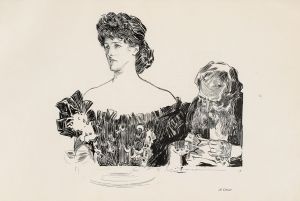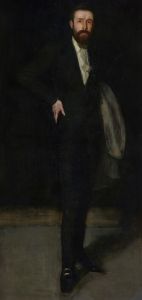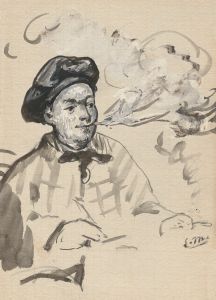
Nach der Arbeit
A hand-painted replica of Philip Alexius de László’s masterpiece Nach der Arbeit, meticulously crafted by professional artists to capture the true essence of the original. Each piece is created with museum-quality canvas and rare mineral pigments, carefully painted by experienced artists with delicate brushstrokes and rich, layered colors to perfectly recreate the texture of the original artwork. Unlike machine-printed reproductions, this hand-painted version brings the painting to life, infused with the artist’s emotions and skill in every stroke. Whether for personal collection or home decoration, it instantly elevates the artistic atmosphere of any space.
Philip Alexius de László was a renowned Anglo-Hungarian painter known for his portraits of royal and aristocratic figures. Born in Budapest in 1869, de László became one of the most celebrated portrait artists of his time, gaining international acclaim for his ability to capture the likeness and character of his subjects with remarkable skill and sensitivity. His works are characterized by their elegant composition, attention to detail, and the subtle interplay of light and color.
"Nach der Arbeit," which translates to "After Work" in English, is one of de László's lesser-known works. While detailed information about this specific painting is limited, it is consistent with de László's broader oeuvre, which often focused on capturing the essence of his subjects in a natural and unposed manner. Unlike his more formal portraits of nobility and high society, "Nach der Arbeit" likely depicts a more informal scene, possibly reflecting a moment of relaxation or leisure after a day's labor.
De László's technique was deeply influenced by his academic training and the traditions of European portraiture. He studied at the National Academy of Art in Budapest and later at the Académie Julian in Paris, where he was exposed to the works of the Old Masters as well as contemporary artists. This diverse artistic education contributed to his development of a style that combined classical precision with a modern sensibility.
Throughout his career, de László painted numerous prominent figures, including members of the British royal family, European aristocracy, and influential political leaders. His ability to convey the personality and status of his sitters made him a sought-after portraitist during the late 19th and early 20th centuries. Despite the formal nature of many of his commissions, de László's portraits often reveal a warmth and intimacy that set them apart from the more rigid and formal portraits of his contemporaries.
"Nach der Arbeit" may reflect de László's interest in capturing everyday moments and the human experience beyond the confines of high society. This approach aligns with the broader artistic movements of the time, which increasingly valued realism and the depiction of ordinary life. While de László is primarily remembered for his portraits of the elite, works like "Nach der Arbeit" demonstrate his versatility and ability to engage with a wide range of subjects.
Philip de László's legacy as a portrait artist endures, with his works held in numerous public and private collections worldwide. His paintings continue to be celebrated for their technical excellence and the insight they provide into the personalities and lives of his subjects. Although "Nach der Arbeit" may not be as widely recognized as some of his other works, it contributes to the rich tapestry of de László's artistic achievements and offers a glimpse into the quieter, more personal aspects of his oeuvre.





